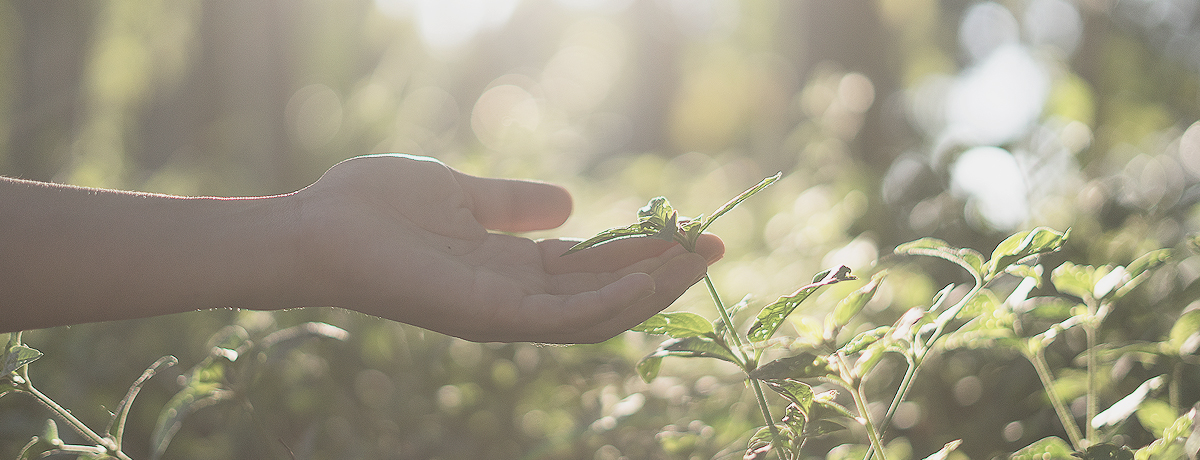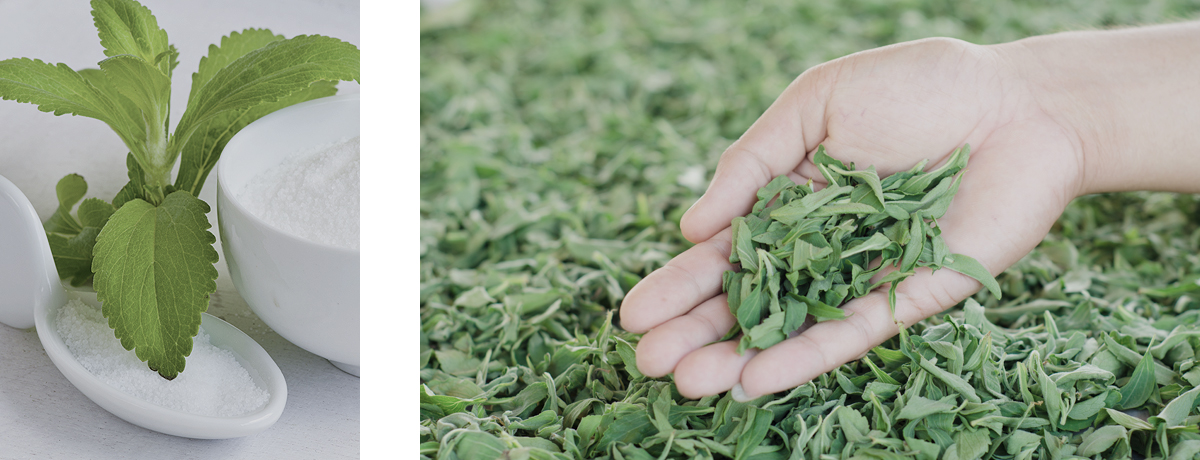Natural Products
Advanced Materials
Stevia
Daepyung pursues the balance of people, nature, and technology.
Introduction of Stevia
“A plant 200 - 300 times sweeter than sugar”
Stevia is a perennial herb in the same family as the chrysanthemum. Stevia is called “sweet herb” in the border region of Paraguay and Brazil where it originates, and people there have used stevia leaves to sweeten mate tea and coffee for hundreds of years. Stevia's sweet component is mainly present in the leaf, and a dry stevia leaf contains 8 - 12% of sweetness component by weight. The main ingredients include stevioside and rebaudioside, which are 200 - 300 times sweeter than sugar with almost no calories.

What is stevia sweetener?

Low calorie with refreshing sweetness
Stevia was first commercialized as a sweetener in Japan, where it has been introduced through various products since the early 1970s. In Korea, there is a record of stevia being cultivated under guidance by the Rural Development Administration and exported to Japan from the early 1970s to the early 1980s. It was registered as a sweetener in 1984 and has been used in the food and beverage industry since the regulation on the use of saccharin was enacted in 1990.
Stevia is produced by extracting and refining the sweetness components from the plant. Its characteristics include sweetness 200 - 300 times higher than sugar, low calories, cavity resistant, and refreshing sweetness. The main sweet components are known to be stevioside and rebaudioside A, B, C, D, and E, and dulcoside A.
Safety

Scientifically proven safety
There are several reports regarding the safety of stevia sweetener, which show comprehensive evidence that stevia is a safe food additive.
Native Americans have used stevia leaves as a sweetener for over 400 years, and it has been used in Japan since 10 years before it was introduced in Korea, but there are no signs to suspect the safety of stevia.
Moreover, Japan Stevia Industry Association tested stevia for acute toxicity, subacute toxicity, and mutagenicity and issued results that prove the safety scientifically, in June 1984.
The 69th Joint FAO/WHO Expert Committee on Food Additives (JECFA) meeting, held in Rome, Italy in June 2008, established an ADI of 0 – 4 mg/kg of bw/day, and its application has expanded due to the recent trend of low sugar in food and preference of a healthier sweet taste worldwide.